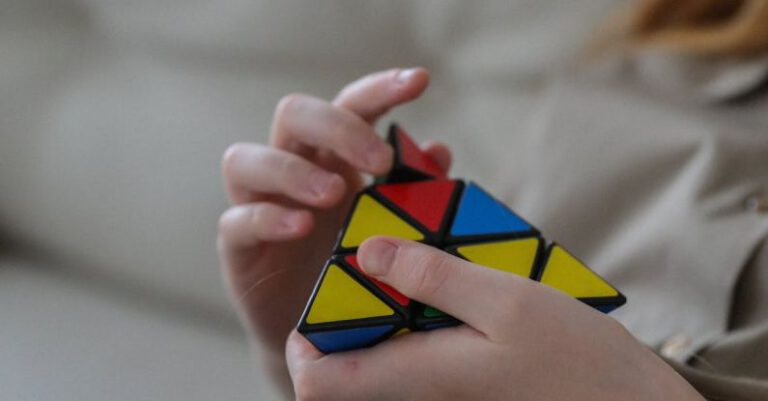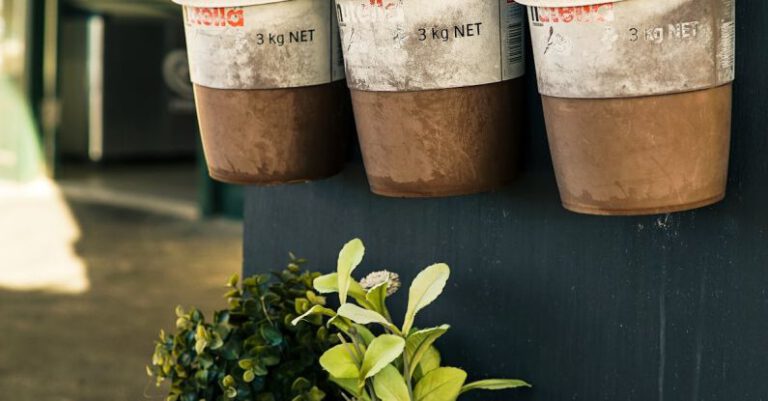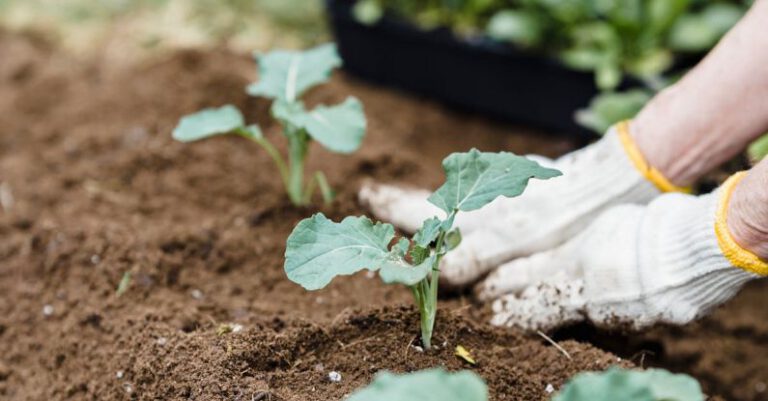What Materials Are Best for Diy Container Gardening Projects?
Container gardening is a wonderful way to bring greenery and life to small spaces or enhance the beauty of your outdoor area. With the rise in popularity of DIY projects, many people are turning to container gardening to flex their creative muscles and cultivate their own little piece of nature. When embarking on a container gardening project, one of the most crucial decisions you’ll make is choosing the right materials. The materials you select can impact the health and growth of your plants, as well as the overall aesthetics of your garden. In this article, we’ll explore some of the best materials for DIY container gardening projects to help you make informed choices for your green endeavors.
**Terracotta**
Terracotta pots are a classic choice for container gardening enthusiasts. These pots are made from fired clay and have a rustic, earthy aesthetic that complements a wide range of plant varieties. Terracotta is porous, allowing for good airflow to the plant roots and preventing waterlogging. However, this porosity also means that terracotta pots can dry out quickly, so you may need to water your plants more frequently. To prevent cracking, it’s essential to protect terracotta pots from extreme temperature fluctuations.
**Plastic**
Plastic containers are lightweight, durable, and affordable, making them a popular choice for beginner gardeners. Plastic pots come in a variety of colors and styles, allowing you to customize your garden to suit your taste. These containers retain moisture well, reducing the frequency of watering needed. However, they can be prone to fading and cracking over time when exposed to direct sunlight. To mitigate this, consider choosing UV-resistant plastic pots for your container gardening projects.
**Wood**
Wooden containers bring a natural and rustic charm to any garden setting. Cedar and redwood are popular choices for wooden planters due to their natural resistance to decay and rot. Wood insulates plant roots against temperature fluctuations and can create a healthy environment for root growth. However, it’s essential to choose rot-resistant wood and line the interior of the container with plastic to prevent moisture damage. Regularly treating wooden containers with a sealant can help prolong their lifespan.
**Metal**
Metal containers, such as galvanized steel or iron, offer a modern and sleek look to your container garden. These materials are durable and weather-resistant, making them suitable for outdoor use. Metal pots are non-porous, reducing the risk of water evaporation and helping to retain moisture in the soil. However, metal containers can heat up quickly in direct sunlight, potentially damaging plant roots. To prevent overheating, place metal containers in shaded areas or consider insulating the interior with a layer of foam.
**Concrete**
Concrete planters are sturdy and long-lasting, making them an excellent choice for permanent container displays. These containers come in various shapes and sizes, allowing for creative design possibilities. Concrete is heavy and stable, making it ideal for larger plants that require extra support. However, concrete can be alkaline, which may affect the pH levels of the soil over time. To mitigate this, consider lining concrete planters with plastic or using a pH-neutral soil mix for your plants.
**Conclusion: Choosing the Right Materials for Your DIY Container Gardening Projects**
In conclusion, the materials you select for your DIY container gardening projects can significantly impact the health and aesthetics of your plants. Whether you opt for terracotta for its classic charm, plastic for its versatility, wood for its natural appeal, metal for its modern look, or concrete for its durability, each material has its own set of advantages and considerations. When choosing materials, consider factors such as porosity, durability, insulation, and aesthetics to create a thriving and visually appealing container garden. By selecting the right materials tailored to your plant’s needs and your design preferences, you can embark on a rewarding container gardening journey filled with lush greenery and natural beauty.






